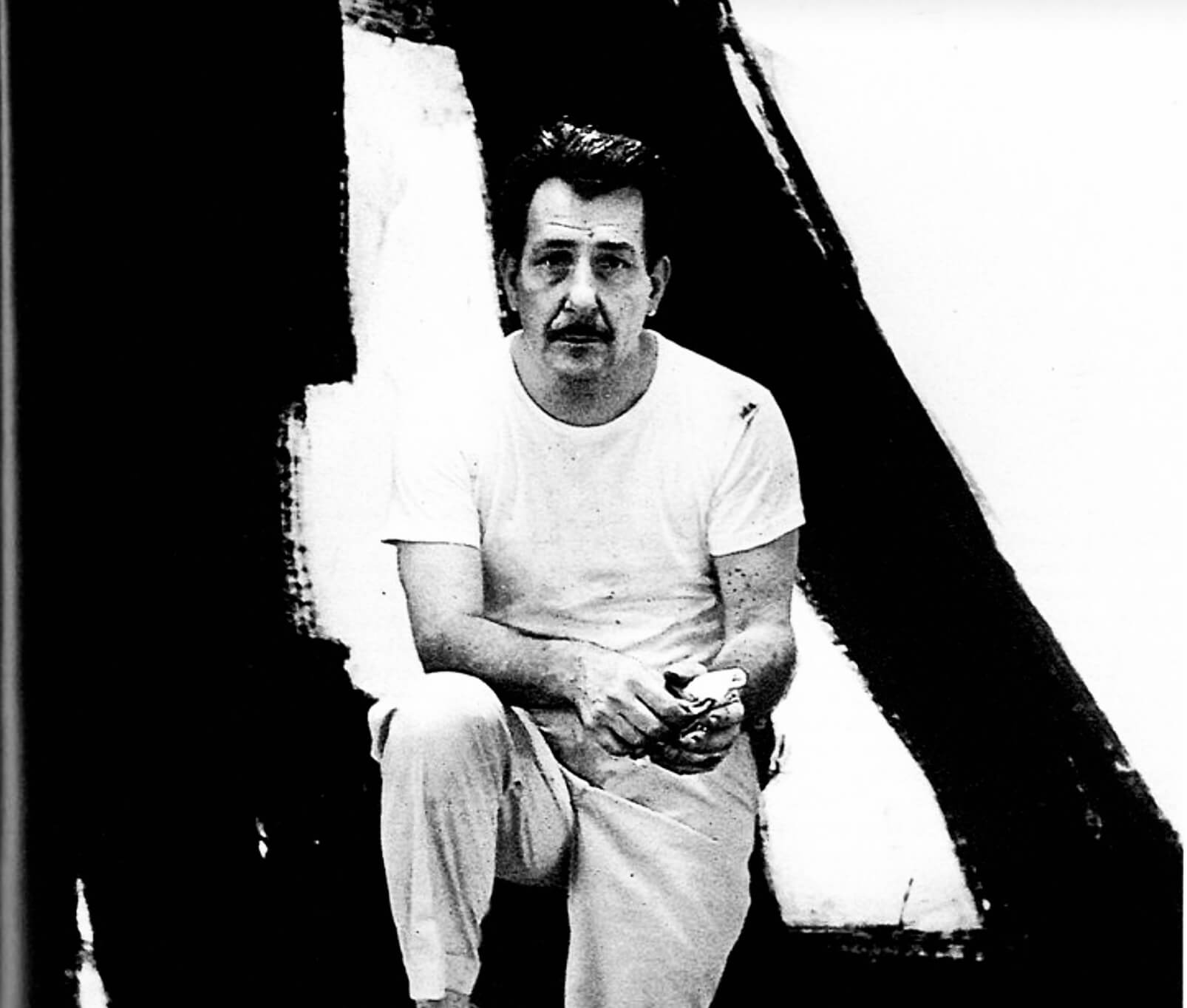Abstract Expressionism, emerging in the 1940s in New York City, marked a revolutionary shift in the art world. It was the first major American art movement to achieve international influence, and it is often divided into two distinct generations of artists, each contributing uniquely to the development and expansion of the movement. Welcome to AbstractExpressionism.net, the official educational website dedicated to the art movement.

First Generation Abstract Expressionists
The first generation of Abstract Expressionists, often called the “New York School,” included prominent figures such as Jackson Pollock, Willem de Kooning, Mark Rothko, and Franz Kline. These artists were deeply influenced by the trauma of World War II and sought to express profound emotions through their art.
Key Characteristics
- Emphasis on Spontaneity and Process: This generation emphasized the act of painting itself, focusing on spontaneity, improvisation, and the physical engagement of the artist with the canvas. Jackson Pollock’s drip paintings, where he would fling paint onto a canvas laid on the ground, are prime examples of this approach.
- Large-Scale Works: Many first-generation Abstract Expressionists created large-scale paintings, intended to immerse the viewer. These expansive canvases demanded physical involvement and were designed to evoke an emotional response.
- Non-Representational Imagery: Moving away from traditional representational art, these artists embraced abstraction. They sought to convey emotions, moods, and ideas without relying on recognizable forms or subjects.
- Psychological and Emotional Depth: Influenced by psychoanalysis and the exploration of the subconscious, artists like Mark Rothko used fields of color to evoke deep emotional responses, while de Kooning’s gestural brushstrokes captured raw energy and intensity.
Notable Artists
- Jackson Pollock: Known for his revolutionary drip technique, Pollock’s work epitomized the movement’s focus on spontaneity and the physical act of painting.
- Willem de Kooning: Blending abstraction with figurative elements, de Kooning’s expressive brushwork and dynamic compositions became iconic.
- Mark Rothko: His large, color field paintings aimed to evoke deep, meditative states in the viewer.
- Franz Kline: Kline’s bold, black and white compositions highlighted the dramatic potential of abstract forms.
Second Generation Abstract Expressionists
The second generation of Abstract Expressionists emerged in the 1950s and 1960s, building on the foundations laid by their predecessors but also branching out in new directions. This group included artists like Joan Mitchell, Helen Frankenthaler, Sam Francis, and Grace Hartigan, who expanded the movement’s boundaries and introduced new techniques and themes.
Style & Definition : Key Characteristics
- Diverse Techniques and Mediums: Second-generation artists did not limit themselves to traditional painting. They experimented with various mediums, including collage, printmaking, and assemblage, which allowed for more varied textures and forms.
- Personal and Political Themes: Social and political changes during the 1950s and 1960s influenced these artists. Many infused their work with personal and political themes, using abstraction to explore issues such as identity, power, and social justice.
- Emphasis on Process and Materiality: The process of creation remained crucial. These artists focused on materiality—the physical properties of the materials used in the artwork. Joan Mitchell and Helen Frankenthaler celebrated the tactile qualities of paint and canvas.
- Integration with Other Movements: Second-generation Abstract Expressionists often blended elements of Abstract Expressionism with other contemporary movements such as Minimalism, Pop Art, and Conceptual Art. This resulted in a rich and diverse body of work that continued to evolve the principles of abstraction.
Notable Artists
- Joan Mitchell: Known for her vibrant, gestural paintings inspired by nature, Mitchell’s work conveys intense emotion and movement.
- Helen Frankenthaler: Pioneered the “soak-stain” technique, creating luminous, atmospheric works by pouring thinned paint onto unprimed canvas.
- Sam Francis: His dynamic compositions and vibrant use of color feature splashes, drips, and stains, creating a sense of movement and energy.
- Grace Hartigan: Blended abstraction with figuration, drawing inspiration from contemporary culture and personal experiences.
Legacy and Impact
Institutional Recognition
The success of Abstract Expressionism led to increased recognition and support for American artists from major art institutions and collectors. Museums and galleries around the world began to showcase and acquire works by Abstract Expressionist artists, solidifying their place in art history.
Global Influence
While Abstract Expressionism originated in the United States, its impact was felt globally. Artists from around the world drew inspiration from the movement’s principles and techniques, contributing to a more interconnected and diverse art world.
Ongoing Relevance
The themes and techniques explored by the Abstract Expressionists remain relevant in contemporary art. Artists continue to experiment with abstraction, emotion, and the subconscious, building on the legacy of these pioneers.
Abstract Expressionism, both in its first and second generations, revolutionized the art world with its emphasis on spontaneity, emotional depth, and abstraction. The first generation laid the foundation with their groundbreaking approaches to process and scale, while the second generation expanded and diversified the movement, incorporating new techniques and themes. Together, these artists created a lasting legacy that continues to influence and inspire contemporary art.



